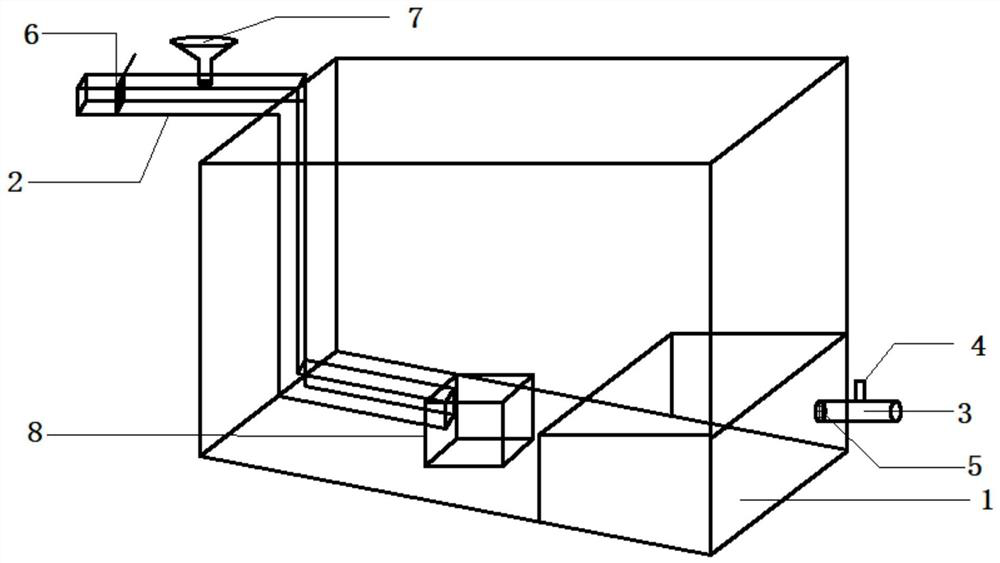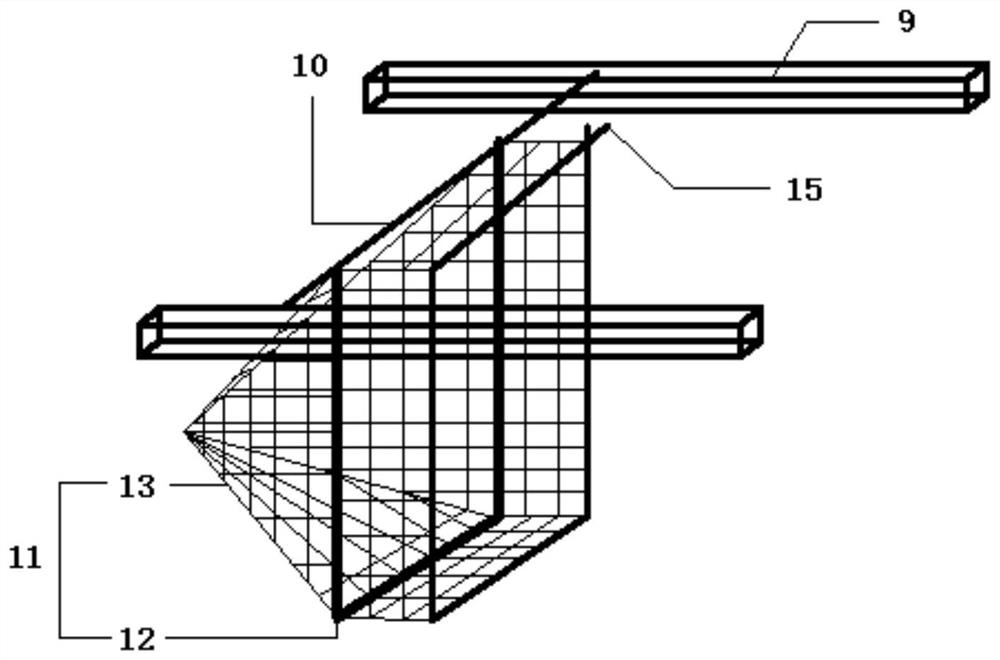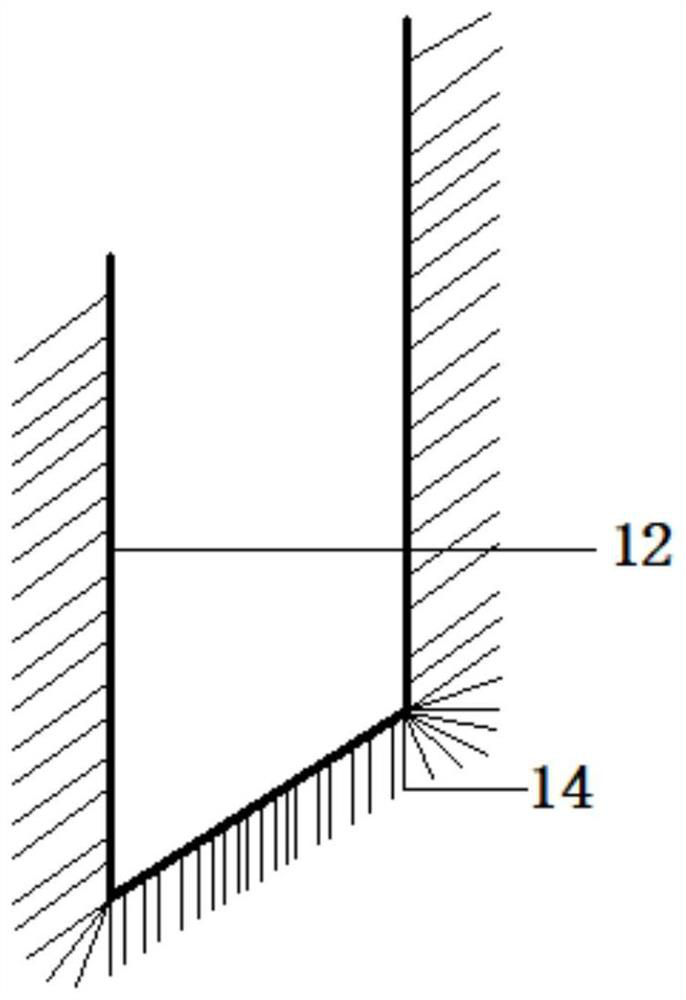Cultivation method of seedlings of Paraloach chinensis by grade
A technology of Paraloach and its breeding method, which is applied in fish farming, food processing, climate change adaptation, etc., and can solve the problems of difficulty in popularizing the culture of Paraloach, lower survival rate of Paraloach, and problems in the cultivation of Paraloach. High cost and other issues, to achieve the effect of good water condition, rich nutrition, and convenient procurement
- Summary
- Abstract
- Description
- Claims
- Application Information
AI Technical Summary
Problems solved by technology
Method used
Image
Examples
Embodiment 1
[0029] A kind of classification cultivation method of paraloach seedling, comprising:
[0030] Step 1: Set up a first-level cultivation pond: a surface area of 10 square meters and a depth of 50 centimeters; a second-level cultivation pond: a surface area of 30 square meters and a depth of 60 centimeters; a third-level cultivation pond: a surface area of 50 square meters and a depth of 80 centimeters.
[0031] Step 2: Preparation of biological bait: Put the fermented peanut bran, eel feed, and fermented chicken manure into a pool for fermentation and cultivation for 7 days to obtain the biological bait; the water was changed once every 3 days.
[0032] Step 3: the yolk seedlings of Paraloach chinensis are placed in the first-level cultivation pond, so that the cultivation density of the yolk seedlings of Paraloach large scale in the first-level cultivation pond is 50000 tails / cubic meter, and with biological bait and egg yolk with 10: The weight ratio of 1 was mixed as t...
Embodiment 2
[0036] The difference between this embodiment and embodiment 1 is:
[0037] Step 1: Set up a first-level cultivation pool: a surface area of 10 square meters and a depth of 50 cm; a second-level cultivation pool: a surface area of 30 square meters and a depth of 60 cm; a third-level cultivation pool: a surface area of 50 square meters and a depth of 80 cm; a first-level cultivation pool 1, the bottom of the secondary cultivation pond, and the bottom of the three-stage cultivation pond are smooth, and the bottom and the horizontal plane have a 15 ° inclination, and a loach seedling collection pond 1 is provided at the lower end of the bottom. Described cultivating pond also comprises: inlet and drain device, comprises water inlet pipe 2, drainpipe 3 and pump 4, and the first end of described drainpipe 3 runs through the side wall of described loach seedling collecting pond 1 and communicates with the side wall of cultivating pond. liquid level, the second end of the drain...
Embodiment 3
[0040] The difference between this embodiment and embodiment 2 is:
[0041] Step 1: Set up a first-level cultivation pool: a surface area of 10 square meters and a depth of 50 cm; a second-level cultivation pool: a surface area of 30 square meters and a depth of 60 cm; a third-level cultivation pool: a surface area of 50 square meters and a depth of 80 cm; a first-level cultivation pool 1, the bottom of the secondary cultivation pond, and the bottom of the three-stage cultivation pond are smooth, and the bottom and the horizontal plane have a 15 ° inclination, and a loach seedling collection pond 1 is provided at the lower end of the bottom. The water in the first-level cultivation pool is tap water, and it is pumped and discharged once every morning and evening, and the water volume replaced each time is 1 / 3 of the total water volume in the pool; the water in the secondary cultivation pool is tap water, and the For residual bait and dirt, change the water once every 3 d...
PUM
 Login to View More
Login to View More Abstract
Description
Claims
Application Information
 Login to View More
Login to View More - R&D Engineer
- R&D Manager
- IP Professional
- Industry Leading Data Capabilities
- Powerful AI technology
- Patent DNA Extraction
Browse by: Latest US Patents, China's latest patents, Technical Efficacy Thesaurus, Application Domain, Technology Topic, Popular Technical Reports.
© 2024 PatSnap. All rights reserved.Legal|Privacy policy|Modern Slavery Act Transparency Statement|Sitemap|About US| Contact US: help@patsnap.com










